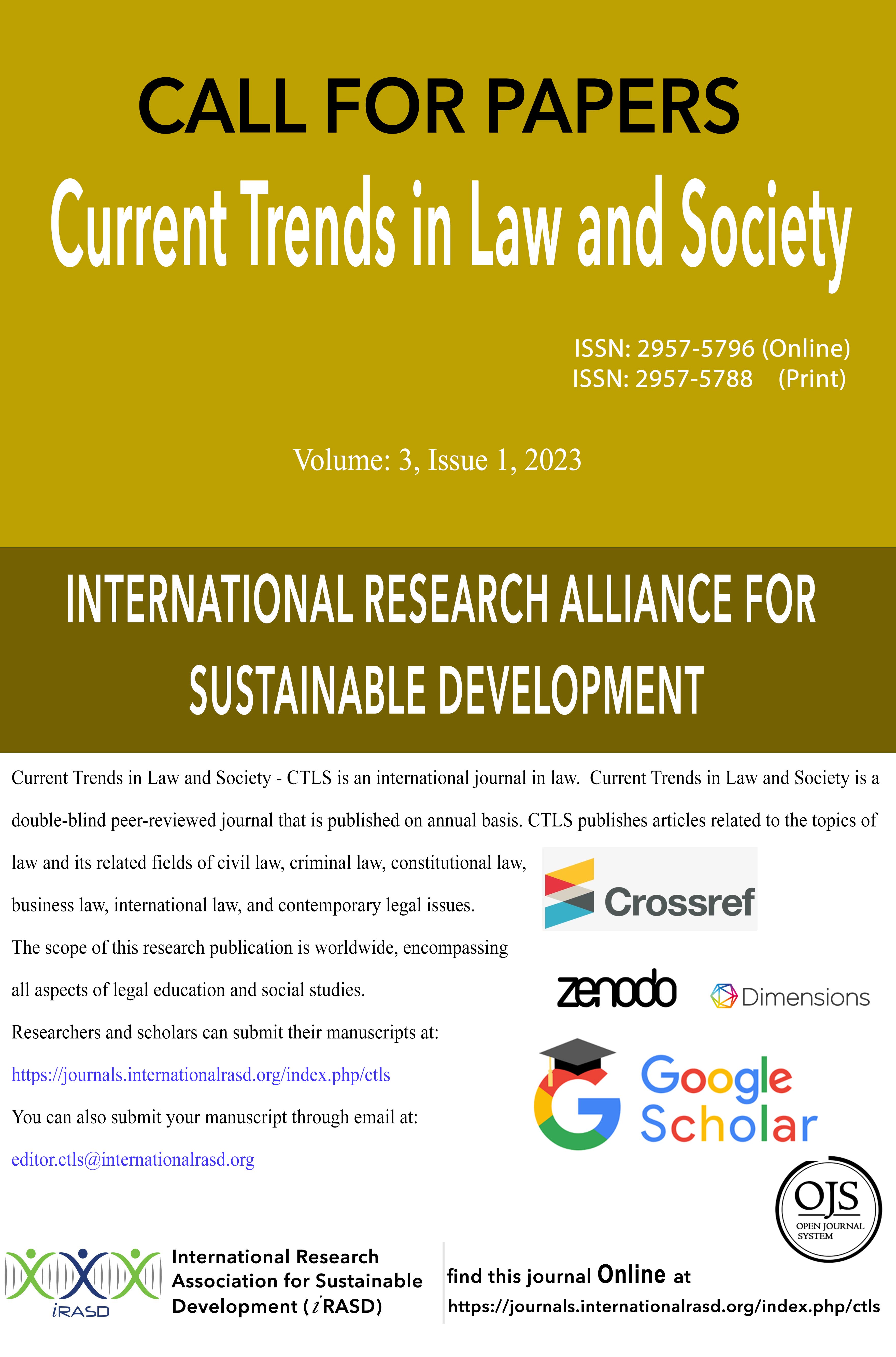Piercing the Veil of Ouster Clauses: Exploring Judicial Review's Reach and Impact
DOI:
https://doi.org/10.52131/ctls.2023.0301.0013Keywords:
Ouster Clauses, Judicial Review, Public Functionaries, Fair Trial, Coram Non-Judice, Matters Beyond Jurisdiction, Malafide ActionsAbstract
An ouster clause is a specific provision designed to exclude the courts' jurisdiction over certain matters. It aims to prevent courts from reviewing decisions made by public functionaries. As the roles and functions of public functionaries expand in a welfare state, the implementation and interpretation of ouster clauses become increasingly intricate. For an ouster clause to be effective, the intention to exclude judicial oversight must be either explicitly stated or clearly implied within the statute. Yet, the idea of a total exclusion from judicial review, especially concerning administrative actions, is widely considered unattainable. Superior courts consistently assert that absolute ouster is an alien concept in jurisprudence. In contemporary times, review of numerous judicial precedents shows that they have developed their own principles to address ouster clauses, and though they exhibit variations, but they present similar reasonings in their objective of governing, limiting, or permitting the use of ouster clauses. In this research, an attempt will be made to delve into an examination and present an overview of the principles established by the courts in England, India, and those expounded by the superior courts in Pakistan regarding ouster clauses.
Downloads
Published
How to Cite
Issue
Section
License
Copyright (c) 2023 Hafiz Muhammad Azeem, Muhammad Shahid Sultan

This work is licensed under a Creative Commons Attribution-NonCommercial 4.0 International License.







